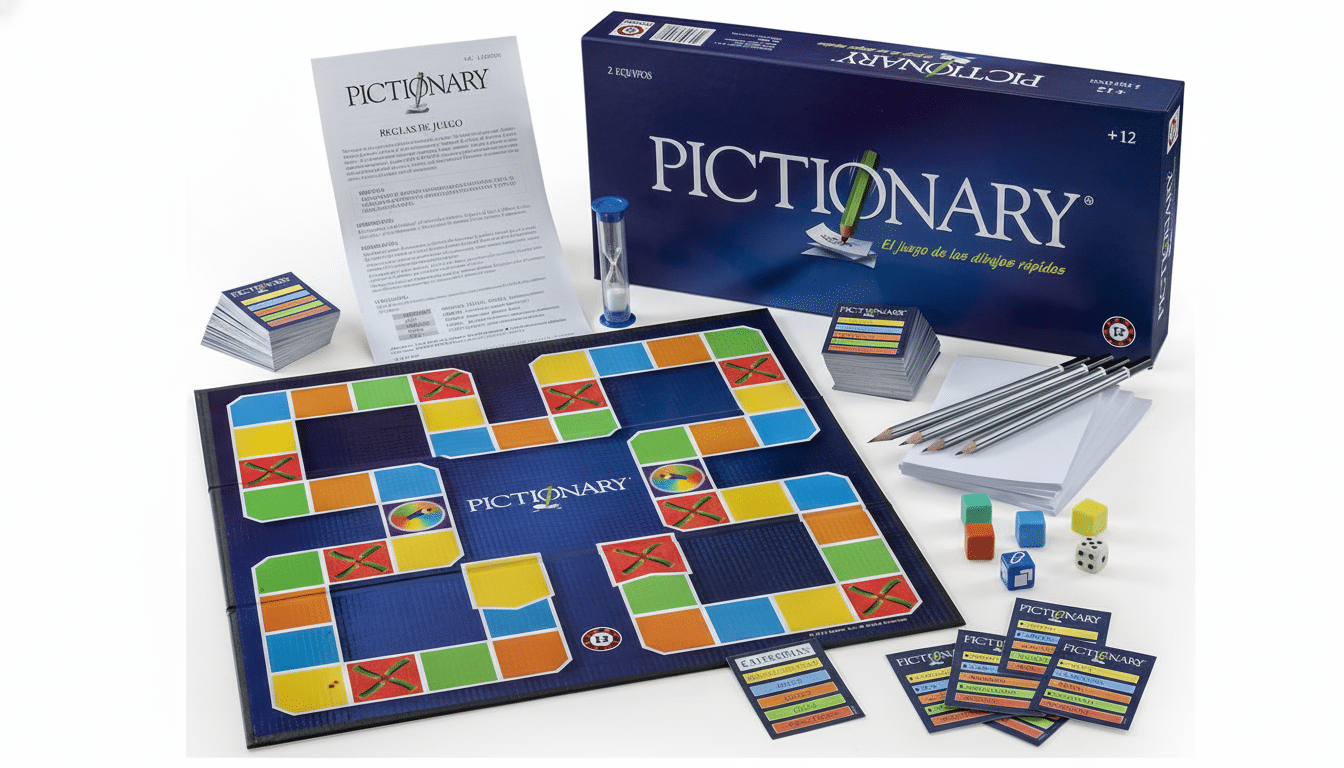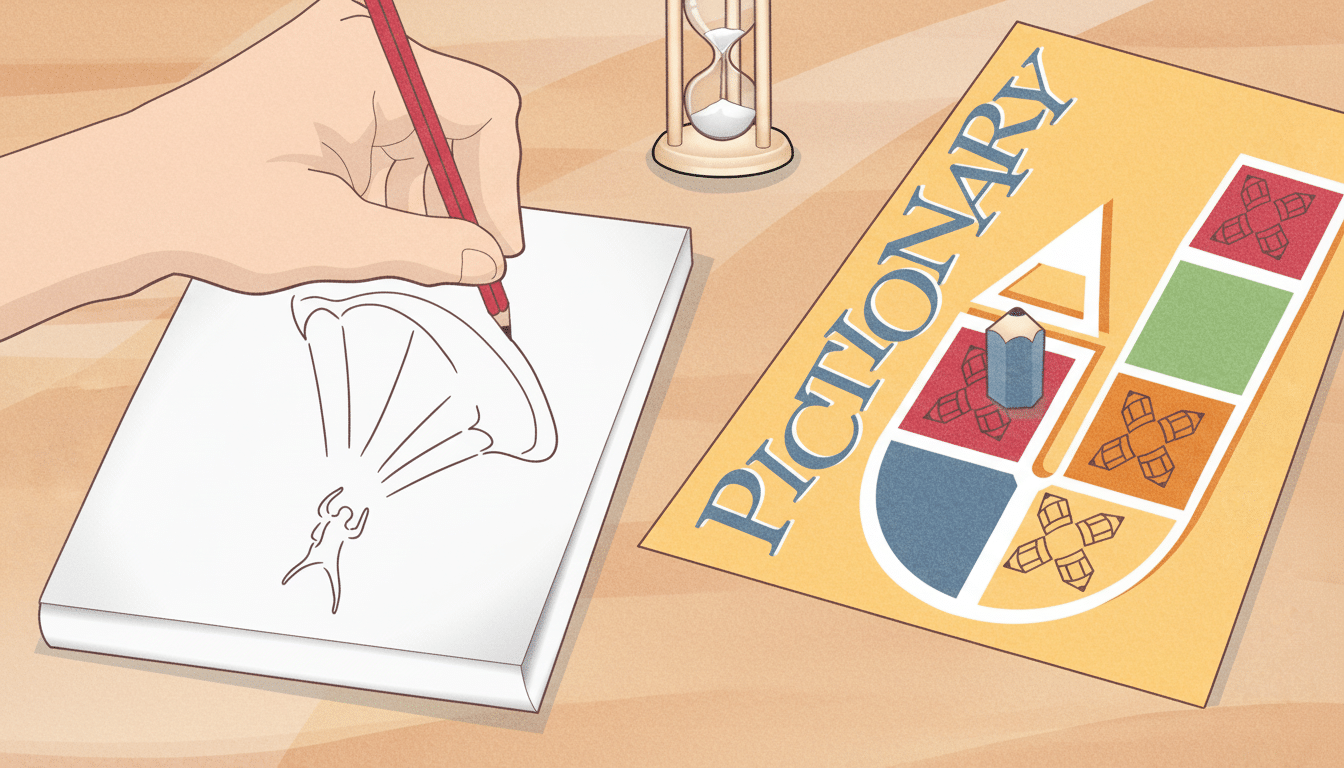Netflix is making living rooms into casual arcades with branded party games that run on your TV and use your phone as the controller. The new slate relies on instantly recognizable games — LEGO, Pictionary and Tetris among them — to make jumping in with family and friends as easy as scanning a QR code and tapping the screen.
How The Phone-As-Controller Configuration Works
Select a party name on your TV, hold your phone up to the onscreen QR code and join in seconds — no console pads or extra controllers required.
- How The Phone-As-Controller Configuration Works
- The Launch Lineup: LEGO, Pictionary, Tetris and More
- Why Party Games Make Sense for Netflix Members
- Access and Device Support for Netflix Party Games
- A Crowded but Expanding Field for Living-Room Party Games
- What to Watch Next as Netflix Rolls Out Party Games

Depending on the game, your handset is a custom controller with buttons, touch screen operation and drawing tools. It’s the same friction-light model that has become successful with Jackbox-style experiences, and it’s been fitted inside Netflix’s TV app so anyone in the room can take part.
The Launch Lineup: LEGO, Pictionary, Tetris and More
LEGO Party holds the collection together with 60 snack-sized mini-games that are perfect for up to four players. Think fast reflex challenges and family-friendly competitions meant for quick hit rounds and speedy rematches. It’s the sort of accessible, chaos-lite format that can help accommodate attention spans at different ages.
Boggle Party takes classic word-scramble fun to the TV. As many as eight players can scan the same grid, racing to build the longest valid words before time runs out. The interface on the phone is optimized for ease of input, while scores are tallied on the TV and clever answers spotlighted to boast about among friends after a round.
Pictionary: Game Night puts a new spin on the classic drawing-and-guessing formula. Players draw on their phone screens while others yell or type guesses, using prompts that become increasingly difficult and timers keeping rounds snappy. When artistic ambition meets tiny touchscreens, hilarity usually ensues.
But Tetris Time Wrap is the curveball: a journey through Tetris ages — through its original look to that distinctive handheld aesthetic — that serves up party high-score chase lunacy. It’s nostalgia-forward, but its rules remain timeless; victory demands a fleet turn of reading and exact piece placement.

Now, rounding things out is Party Crashers: Fool Your Friends, a completely original social deception game in which one player lacks some critical information. The group exchanges clues, holds bluffs and attempts to expose the outsider before the round is over. If you like deduction hits such as Among Us, this nails a similar sweet spot.
Why Party Games Make Sense for Netflix Members
Party labels flourish when the friction is next to nothing. More than nine in 10 U.S. TV households have at least one connected TV device, according to Leichtman Research Group, while smartphone ownership among U.S. adults is north of eight in ten, according to Pew Research Center. The crossover there makes phones-as-controllers a very reasonable bet for a service already rooted in the living room.
It also fits into Netflix’s larger games strategy: establish engagement with accessible genres before weaving in deeper game play. Casual and puzzle games are always near the top of the most-played categories on mobile, according to Newzoo, and these party brands — LEGO and Tetris in particular — are some of the only ones that reach across generations. If the games make it as an add-on to a subscription, then they become a low-friction excuse for picking Netflix for another game night instead of switching inputs to boot up a console.
Access and Device Support for Netflix Party Games
Netflix says the party games come as a free add-on for members, but it doesn’t detail which of its subscription tiers will qualify. Watch for support on the company’s current list of compatible TV platforms, which now includes streaming devices from Amazon, Chromecast, Roku, NVIDIA, Xfinity and Xumo as well as smart TVs from LG, Samsung, Sony (which is supporting Apple before it launches its own service), TCL (the Chinese manufacturer that offers TVs under that label or with the brands Sharp and Philips) and Vizio (all three of them also backed rival turnkey app maker Xumo). Everyone logs in from their own phone — no controllers to pair, no apps to buy.
A Crowded but Expanding Field for Living-Room Party Games
The living-room party space is getting warm. Amazon is launching a like-minded program for Prime subscribers on Luna dubbed GameNight, with Jackbox serving as the category’s default host pick. Where Netflix does have an edge is with its reach — the brand sits on the front row of many smart TV home screens and already operates a phone-controller workflow as part of its cloud gaming tests. If the company can get latency right and keep onboarding trivial, it won’t need to dethrone incumbents to win; it only needs to be your default choice when you’re already on Netflix.
What to Watch Next as Netflix Rolls Out Party Games
Crucial questions linger: Will all plans have the games? How many players can play each title at once on TV? And will it expand into trivia based on its own series, seasonal events or games that can be played without being in the same room? Receiving solid answers to those questions, combined with consistent new content drops, would turn a fun novelty into a regular habit that helps retain subscribers in the ecosystem — keeping the TV as just another Netflix input.

